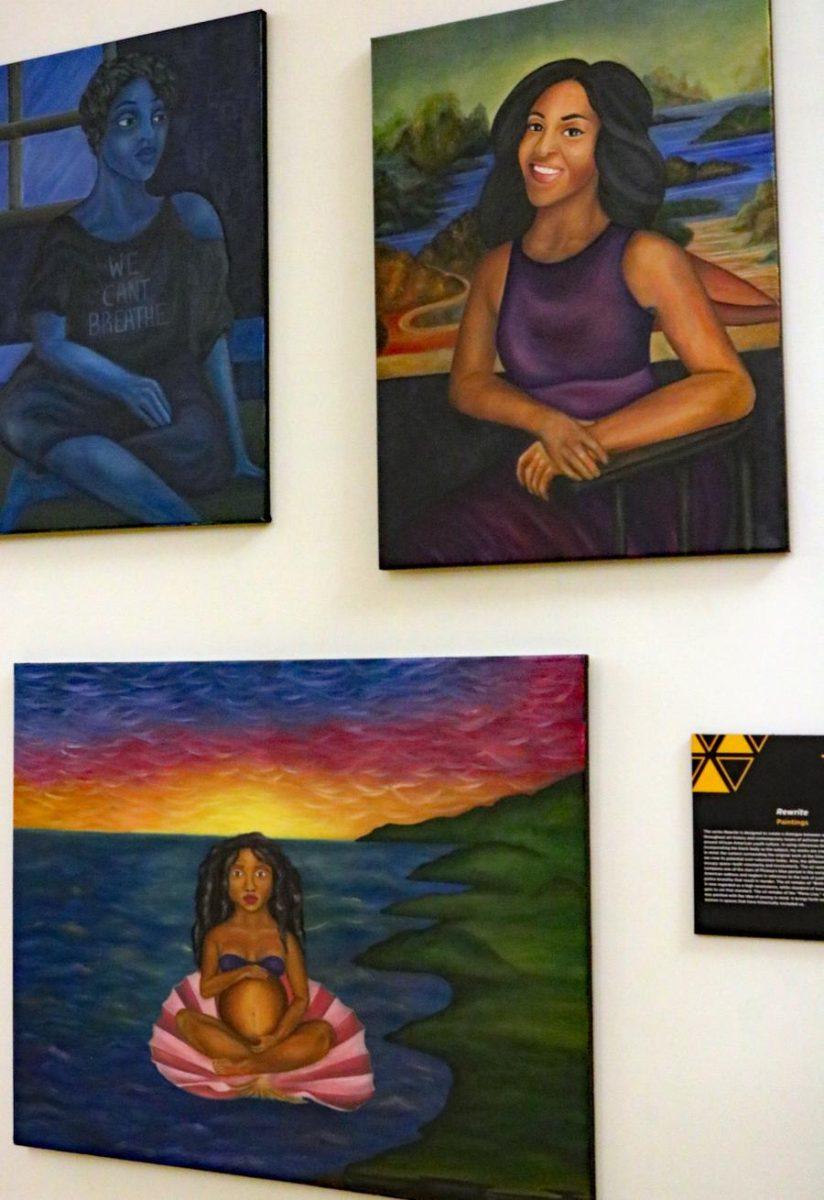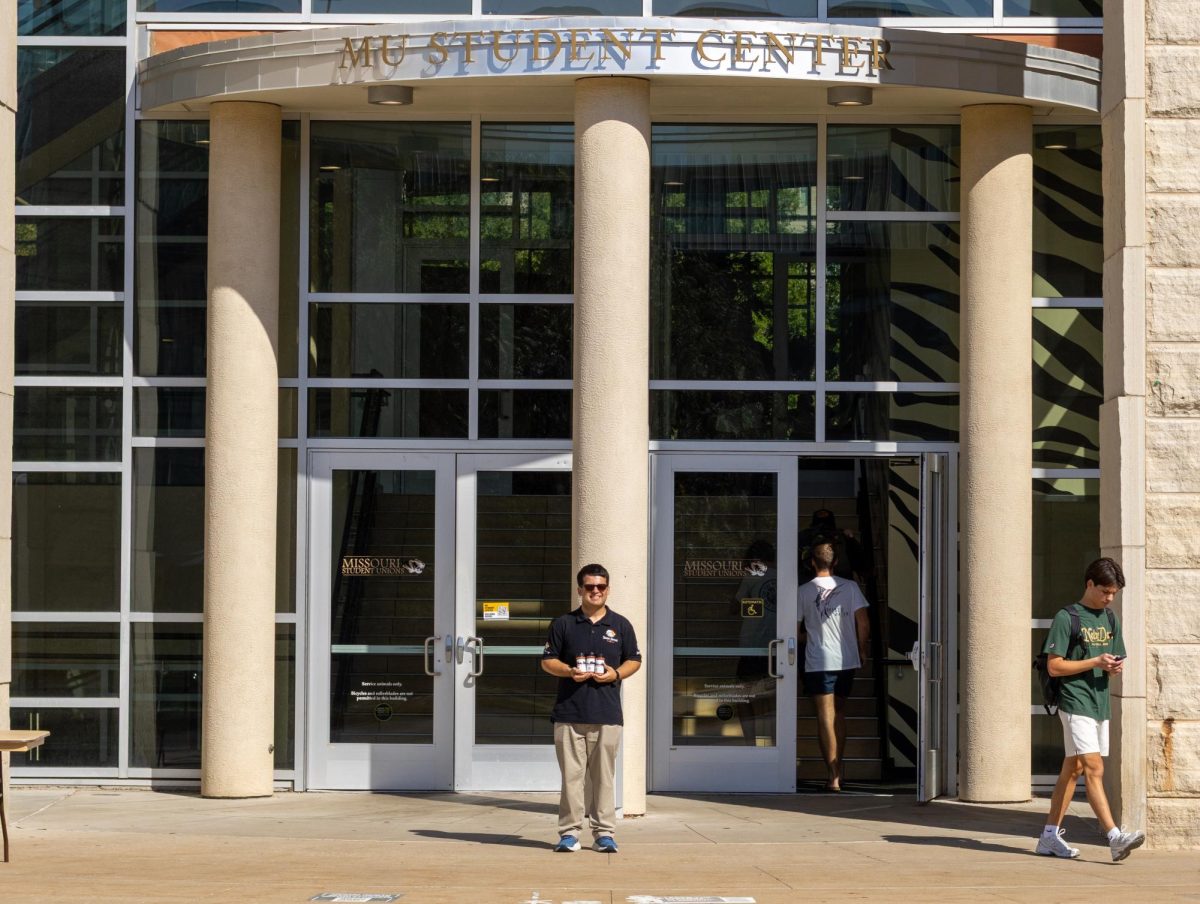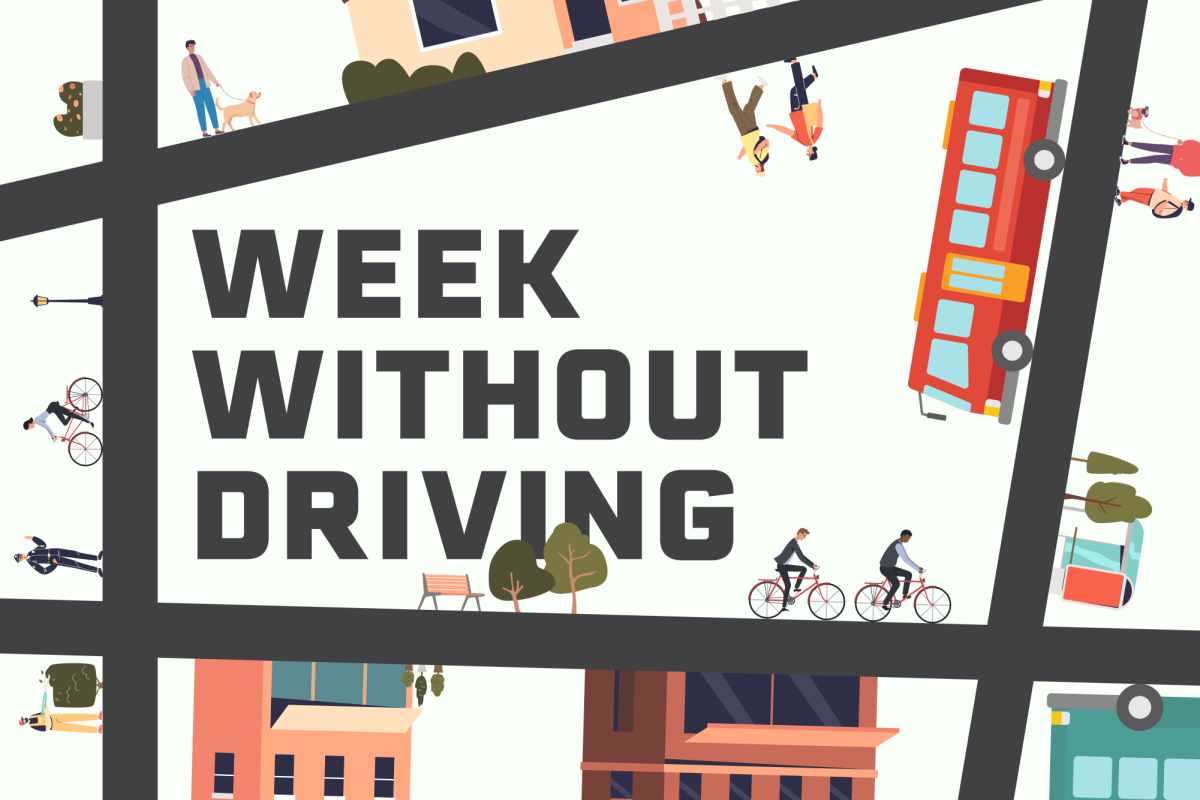For many, prints of masterpieces such as the “Mona Lisa” and “The Birth of Venus” cling to the cinderblock walls of student dorm rooms. For one MU student, however, these iconic paintings are blank canvases ready to be recreated.
JoMerra Watson, a fine arts junior with an emphasis in painting, redefines iconic paintings such as Vincent van Gogh’s “The Starry Night” and Edvard Munch’s “The Scream” in her series “Rewrite.” The series, displayed at the Visual Art and Design Showcase held at Jesse Hall from Jan. 30 to Feb. 3, incorporates black women into the artwork. In doing so, Watson aims to confront contemporary issues, such as the black community’s lack of representation in art, police brutality and modern-day standards of beauty.
Watson started work on “Rewrite” during the summer of 2016, beginning with van Gogh’s “The Starry Night.”
“It was around the time last summer where Philando Castile and Alton Sterling were murdered,” Watson said. “I wanted to paint something that gave way to what we were dealing with as black people seeing that all of the time [on the news], but something that wasn’t negative because a lot of the work that we were seeing from black artists at that time always had to involve, like a gun and a badge and, you know, the black body represented in a way that was less than ideal.”
Watson had not taken any formal painting classes until her sophomore year of college. Watson self-taught using acrylic paint in high school, but furthered her painting abilities after taking an oil painting class last year.
[“Umoja,”](https://www.jolepeintre.com/2016-2017/pbliguh4xwgiopi5kt58gh6ip4k3t5) Watson’s remake of “The Starry Night” incorporates van Gogh’s signature thick, defined brush strokes with the swirling night sky. Different, however, is Watson’s replacement of the city and the dark green cypress tree in the foreground of the painting with a unified crowd of black people raising their fists in the air, embodying the meaning of _umoja_, the Swahili word for unity. Additionally, the cypress tree along with the bottom of the painting incorporates the colors of the Pan-African flag: red, black and green.
Other works that Watson remakes include Leonardo da Vinci’s [“Mona Lisa,”](https://www.jolepeintre.com/2016-2017/2016/11/17/8m7tqth56ctl6cxeg8mk1u010m6b2g) Sandro Botticelli’s “The Birth of Venus” and Pablo Picasso’s [“The Old Guitarist.”](https://www.jolepeintre.com/2016-2017/wcebqil423bdloaowpekerjrbivzof) By using well-known paintings, Watson hopes to create a common ground between people of color and the white community.
“We live in this digital age where images are literally everywhere and they have kind of gotten to the point where they are starting to replace words, like emojis,” Watson said. “Images are sometimes a lot easier for people to understand; [People] take what they need from [images]. I really just want to start a conversation amongst black people about the issues that we deal with as a community, and also start a conversation with people who are not of color so that they can understand that there are things going on that they might not otherwise understand because they don’t experience it.”
Munch explained his reason behind “The Scream” in a passage he wrote in his diary dated Jan. 22, 1982, as being overwhelmed by the feeling of a “vast infinite scream [tearing] through nature” one day when walking outside with friends, [according to Khan Academy.](https://www.khanacademy.org/humanities/ap-art-history/later-europe-and-americas/modernity-ap/a/munch-the-scream)
Watson’s [“Stop Killing Us”](https://www.jolepeintre.com/2016-2017/2016/10/24/stop-killing-us) replaces the skeletal-like figure of “The Scream” with a black woman sporting an afro and a dress, clutching her face as the scream of aggravation from the black community rips through her.
“‘The Scream’ was the first [painting of ‘Rewrite’] where I said, ‘Let me actually really take some time to research this and understand what I’m doing,’ because it was a concept at that point that I was trying to push,” Watson said. “I try to be as direct as possible with my work. It’s not ridiculously abstract. The title along with the context, a lot of people got it.”
Watson’s use of research in her paintings stems from Alexis Callender, Watson’s drawing professor freshman year.
“She really pushes me to research and to really look into things,” Watson said. “Just grab information, grab references from wherever I can because the more you have to work with, the easier it is to try to really get specific and [to get] the little things down.”
This past November, Watson organized a pop-up art show titled “Unity” that featured “the underground black artist community at Mizzou,” [according to The BlackOut Magazine.](http://www.theblackoutmag.net/2016/11/unity-art-show-featured-artist-tj-purdy.html) Fourteen artists were showcased.
“JoMerra’s artwork gracefully defies the stereotypes of societal norms and historically famed pieces to fashion in-depth discourse,” Rukiya Dykes said in an email. Dykes, a junior, is a friend of Watson’s and a featured artist in Watson’s “Unity.”
For her next series, Watson plans to discuss black women and how head wraps play into African identity. Watson said African women inspire her.
“A lot of the work that I do was kind of birthed out of conversations that I was having with people, just interesting things to think about,” Watson said. “I often recruit my friends, like, ‘Hey, send me selfies,’ and stuff like that. The thing with art school is that we often look back at a lot of art history to understand things, and so when you can’t look back to see representations of what you look like, you kind of have to work with what’s in front of you.”
_To view more of Watson’s artwork, visit [www.jolepeintre.com](www.jolepeintre.com)_
_Edited by Katherine White | [email protected]_








